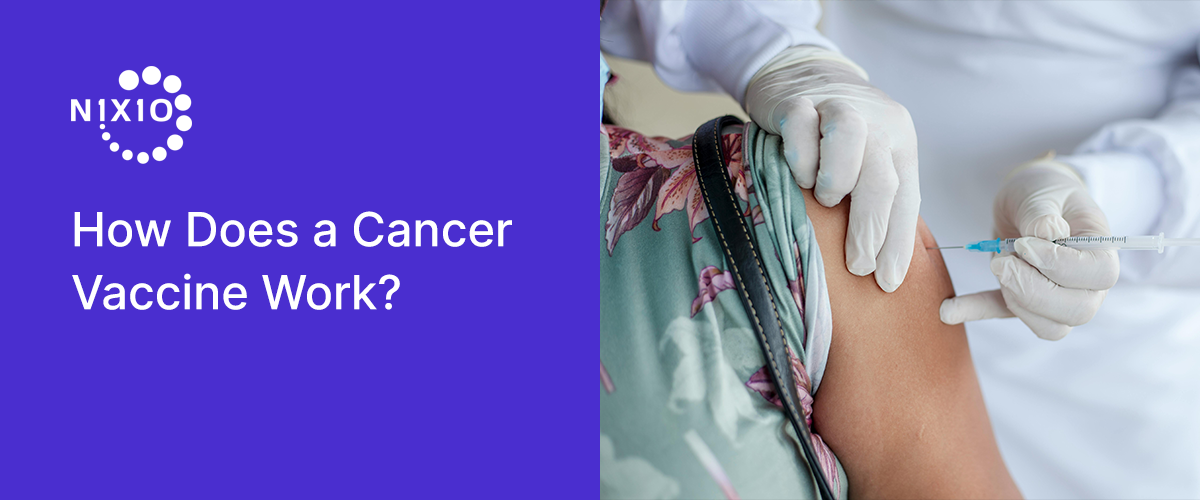We think of vaccine immunization as a way to prevent and fight infectious diseases. They consist of biological preparations, proteins, that are capable of stimulating the immune system to identify a harmful pathogen/agent, such as a virus, conferring the body protective immunity and a forceful response to it in the future. Our immune system is also capable to respond to threats from within, such as cancer.
The basic concept of cancer prevention by vaccination involves harnessing our immune system to prevent cancer-causing viral infection through neutralizing the oncogenic virus to prevent uptake by target cells, or to attack premalignant and latent or residual cancer cells that are clinically inapparent. There are currently, safe and effective licensed prophylactic vaccines against human papillomavirus (HPV) and hepatitis B virus (HBV) to prevent virus-associated cervical cancer and hepatocellular carcinoma (HCC), respectively. Other oncogenic viruses, such as human T cell leukemia virus-1 (HTLV-1), Epstein-Barr virus (EBV), and polyoma virus, have recently seen renewed efforts related to vaccine development.
Just as pathogens carry distinguishing proteins, known as antigens, so too do cancer cells. The immune system constantly detects and destroys mutating cells, and usually prevents tumors from developing. But sometimes cancer cells acquire mechanisms to evade the immune system. To tackle these cells, some researchers are turning to vaccines, and unlike preventive vaccines, which focus mainly on activating antibody-producing B cells, a therapeutic cancer vaccine must generate a strong T-cell response.
Among the most promising are neoantigen vaccines based on the messenger RNA (mRNA) technologies that matured during the COVID-19 pandemic. Neoantigens are proteins generated by mutations unique to a person’s cancer. First, a tumor sample is genetically sequenced. Then, a computer model selects several dozen neoantigens that are likely to generate a strong immune response. These antigens can be delivered by injection in the form of mRNA, DNA or proteins.
Other techniques bypass the need to identify a cancer’s antigens. Ex vivo cell vaccines introduce tumor samples to dendritic cells in culture. These cells, which are crucial to activating and directing tumor-killing T cells, take up an array of neoantigens from the tumor. Then the activated dendritic cells are delivered into the patient.
Another approach — and the furthest removed from conventional immunization — is in situ vaccination, in which the whole process takes place in an individual’s body. Rather than delivering antigens through an injection, this method aims to make use of those that are already there, in the tumor. Radiotherapy or a virus is used to kill cancer cells, releasing neoantigens locally. Simultaneously, the patient is given drugs that mobilize and activate dendritic cells so that they take up these neoantigens and instigate an immune response.
Several therapeutic cancer vaccines have been approved by the U.S. Food and Drug Administration (FDA) and are in use for prostate cancer (Sipuleucel-T), bladder cancer (Bacillus Calmette-Guérin (BCG) and Nadofaragene firadonevec), and melanoma (T-VEC). On the basis of a variety of approaches noted above, several vaccines in clinical trials are showing encouraging results for pancreatic cancer, melanoma, HPV-associated head and neck cancer, lymphoma, and glioblastoma multiforme (GBM), an exceptionally aggressive neurological tumor.


